Description
🍠 Sweet Potato Specifications – General Overview
1. Variety:
-
Popular Indian Varieties:
-
Pusa Safed – White skin, creamy flesh.
-
Rajendra Shakarkand-5 – Pink skin, orange flesh.
-
Sree Bhadra / Sree Kanaka – Orange flesh, good for export due to high beta-carotene.
-
Local Red/Purple Skin Varieties – Preferred in some Asian and African markets.
-
2. Size & Weight:
-
Shape: Oblong to spindle-shaped (tapered ends preferred).
-
Size Grading (Length x Diameter):
-
Small: <100g
-
Medium: 100g – 250g
-
Large: 250g – 500g
-
Jumbo: >500g
-
-
Export prefers medium to large, uniform-sized roots.
3. Color:
-
Skin: Ranges from red, pink, purple to light brown depending on variety.
-
Flesh: Creamy white, pale yellow, orange, or purple.
-
Orange-fleshed sweet potatoes are high in beta-carotene and widely accepted internationally.
4. Texture & Appearance:
-
Smooth and clean skin.
-
Firm, non-fibrous flesh.
-
No surface cracks, cuts, insect damage, or sprouting.
5. Taste:
-
Mildly sweet to very sweet depending on maturity and variety.
-
High starch and sugar content when cooked.
6. Moisture & Dry Matter:
-
Moisture content: ~70–75%
-
Dry matter: ~25–30%
-
Higher dry matter varieties are preferred for processing/export.
7. Packaging:
-
Common export packs: 5 kg, 10 kg, or 20 kg mesh/jute or carton boxes.
-
Lined with paper or padding for protection.
-
Ventilated bags or cartons to prevent sweating and fungal growth.
-
Labeling with:
-
Variety
-
Grade
-
Net weight
-
Country of origin
-
Lot/batch number
-
8. Shelf Life:
-
At room temperature: 2–3 weeks if kept in cool, dry conditions.
-
In cold storage (13°C – 15°C): Up to 3 months
9. Storage Conditions:
-
Temperature: 13°C – 15°C
-
Relative Humidity: 85% – 90%
-
Curing before storage (4–5 days at ~30°C and 90–95% RH) improves shelf life and wound healing.
10. Nutritional Content (per 100g):
-
Calories: ~86 kcal
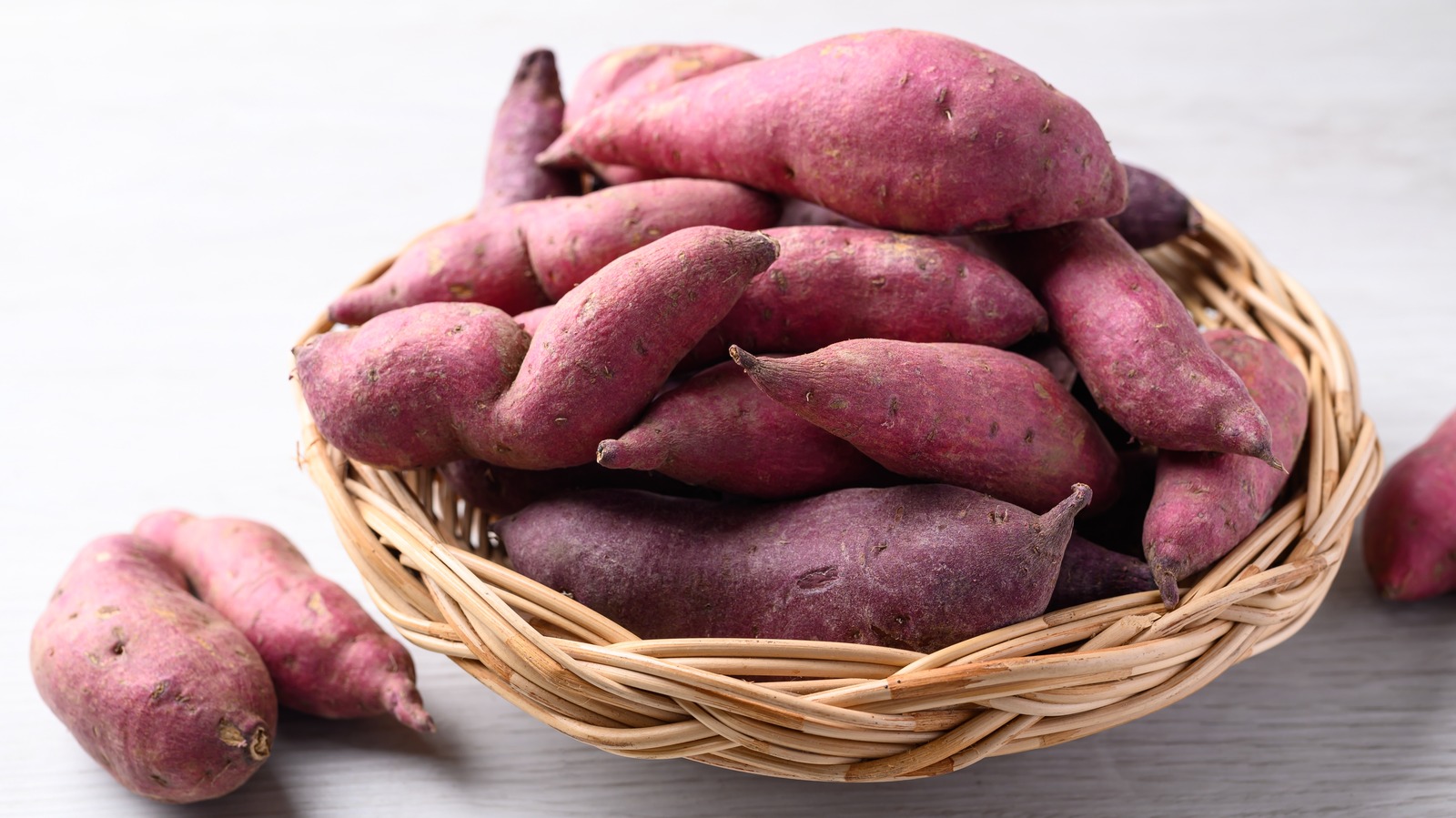
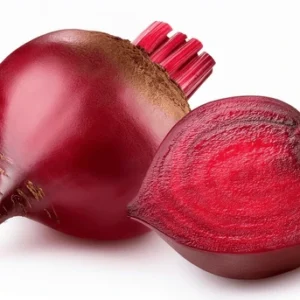
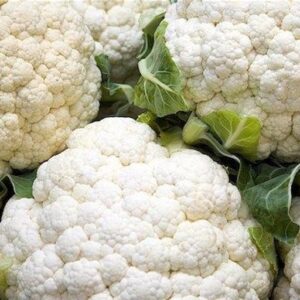
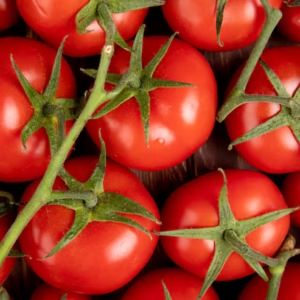
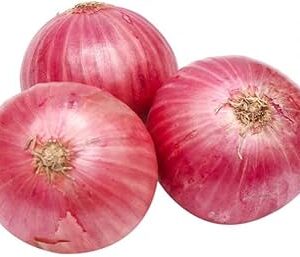
Reviews
There are no reviews yet.